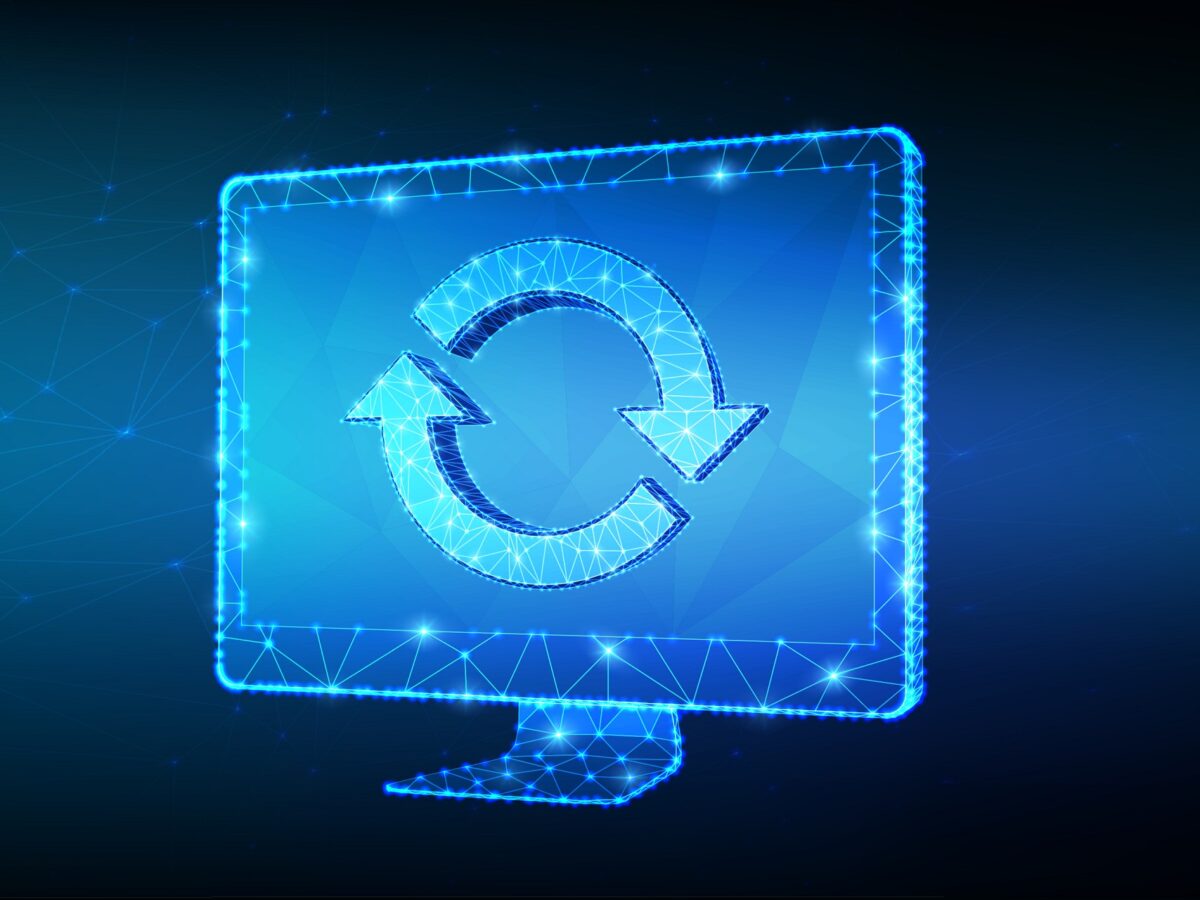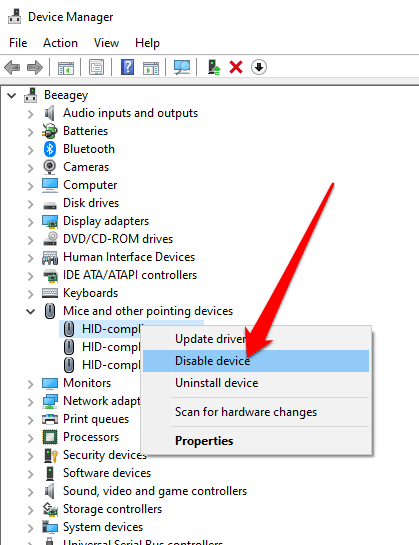



If you have not done so recently, make sure you have system restore enabled, as well as underlying hypervisors or storage system snapshot. Some Tips and Recommendationsīefore any upgrade, make sure you have good backups to enable various recovery points if needed. Next, your system should display a Command Prompt where the following three commands are run: sfc /scannowĮxit, shutdown, reboot and all should be good. Your system should then present the following options, select Safe Mode with Command Prompt (option 6). The following Startup Settings screen appears, select Restart to enter Safe Mode. Note that this sequence of commands is also used for other troubleshooting scenarios including boot problems, restoring an image, or to a previous protection point among other options. Next, select Startup Settings, shown below. Next select Advanced options, as shown below. Your system should reboot presenting you with the following options, selecting Troubleshoot. Tip: if your Windows 10 system presents a login screen, in the lower right corner select the Shutdown, Restart icon holding down the SHIFT key and select Restart. sfc /scannowĭism.exe /online /cleanup-image /scanhealthĭism.exe /online /cleanup-image /restorehealthīefore you can run the above commands, access Windows Safe Mode. The solution to the post-Windupgrade desktop and taskbar restart loop was to boot into safe mode and run the following three commands. Unless you can access a command prompt or Powershell with administrator privileges, boot into Windows Safe mode. Once again did a shutdown and restart, logged in and the same result. Powering off the system and rebooting seemed normal, until once logged in and again the desktop and taskbar reset in the same looping fashion. Trying to use the Windows key plus other keys was no success, likewise trying to use the command prompt, Powershell, or other tools was futile given how quick the refresh occurred. All was well for about another 10 to 20 seconds and again the desktop refreshed as did the taskbar. Once logged in initially everything looked good until about 10 to 20 seconds later, the screen flickered, the desktop refreshed as did the taskbar. Note that there is a WindSAC, as well as Windows Server 2017 SAC ( more on that here).Īll was well with the 1709 install on Windows 10 until post upgrade when I logged into my account on my laptop ( Lenovo X1). Windis a semi-annual channel ( SAC) Microsoft is following to enable a faster cadence or pace of releases making new features available faster. For those not familiar with Windlearn more here, and here including on how to get the bits (e.g. the September 2017) release that post upgrade resulted in Windows Explorer, desktop, and taskbar going into an endless loop. Recently I needed to upgrade one of my systems to Microsoft Wind(e.g.


 0 kommentar(er)
0 kommentar(er)
